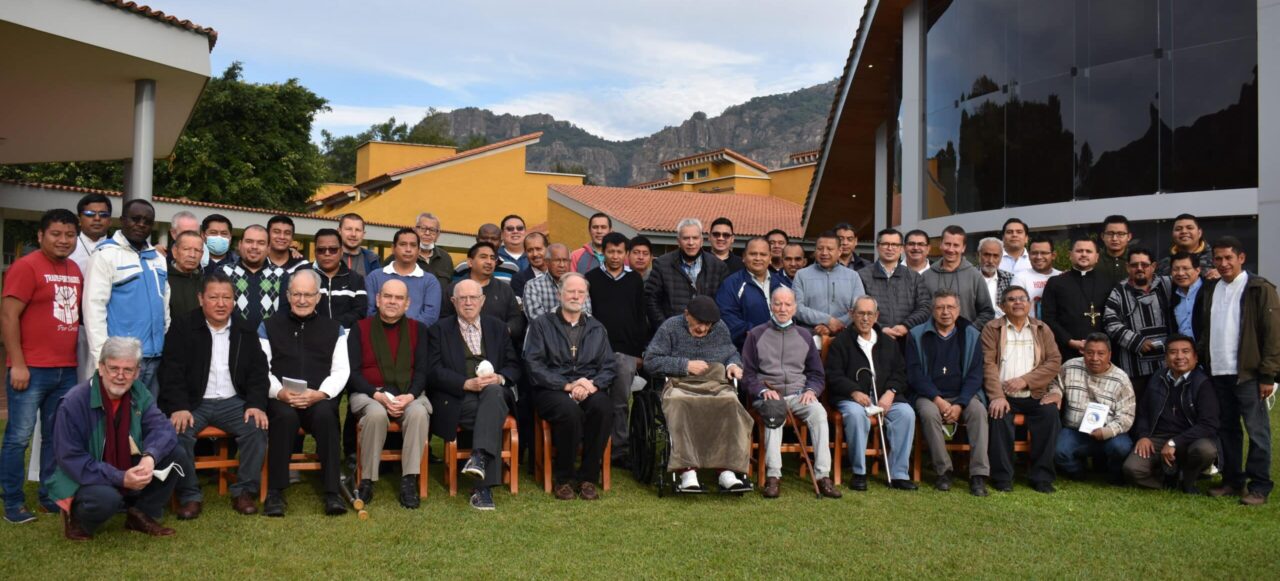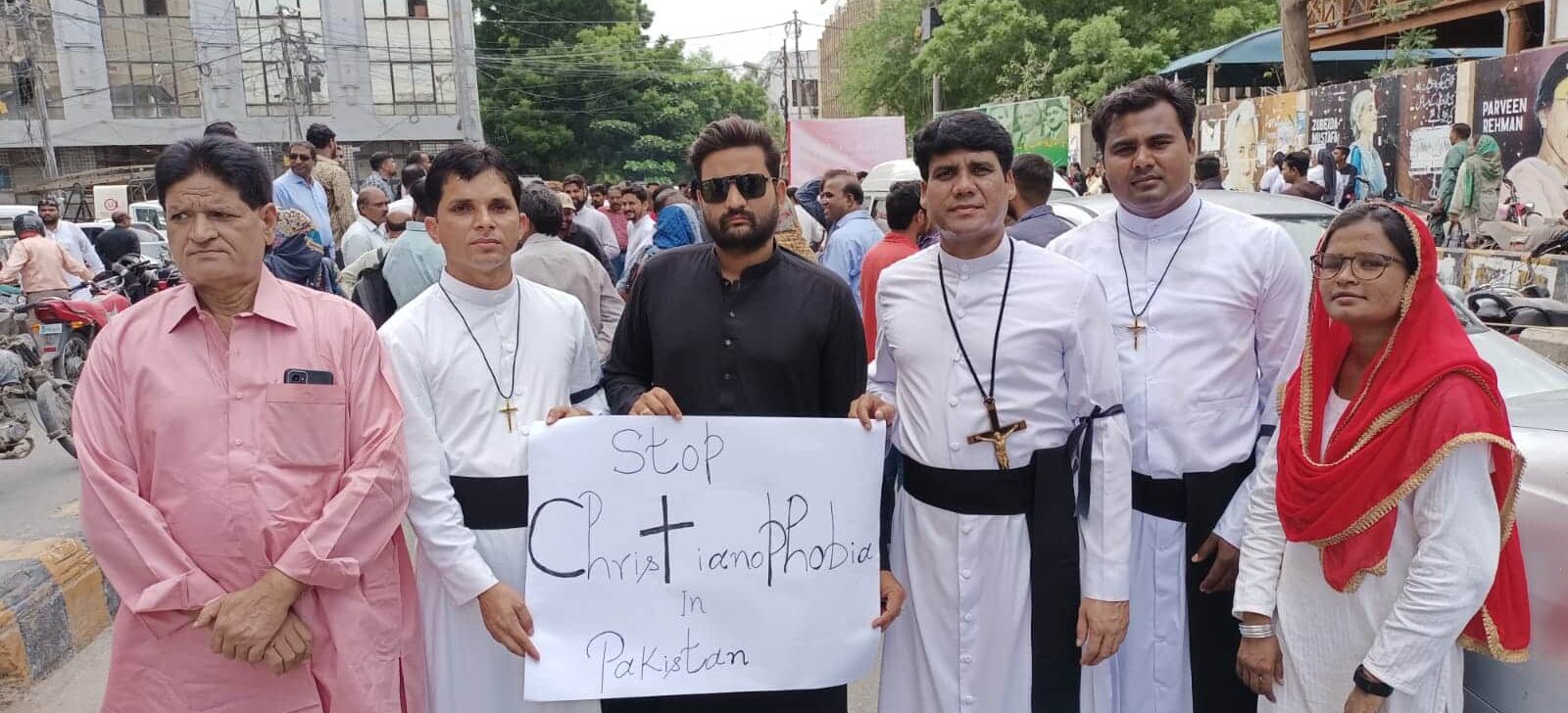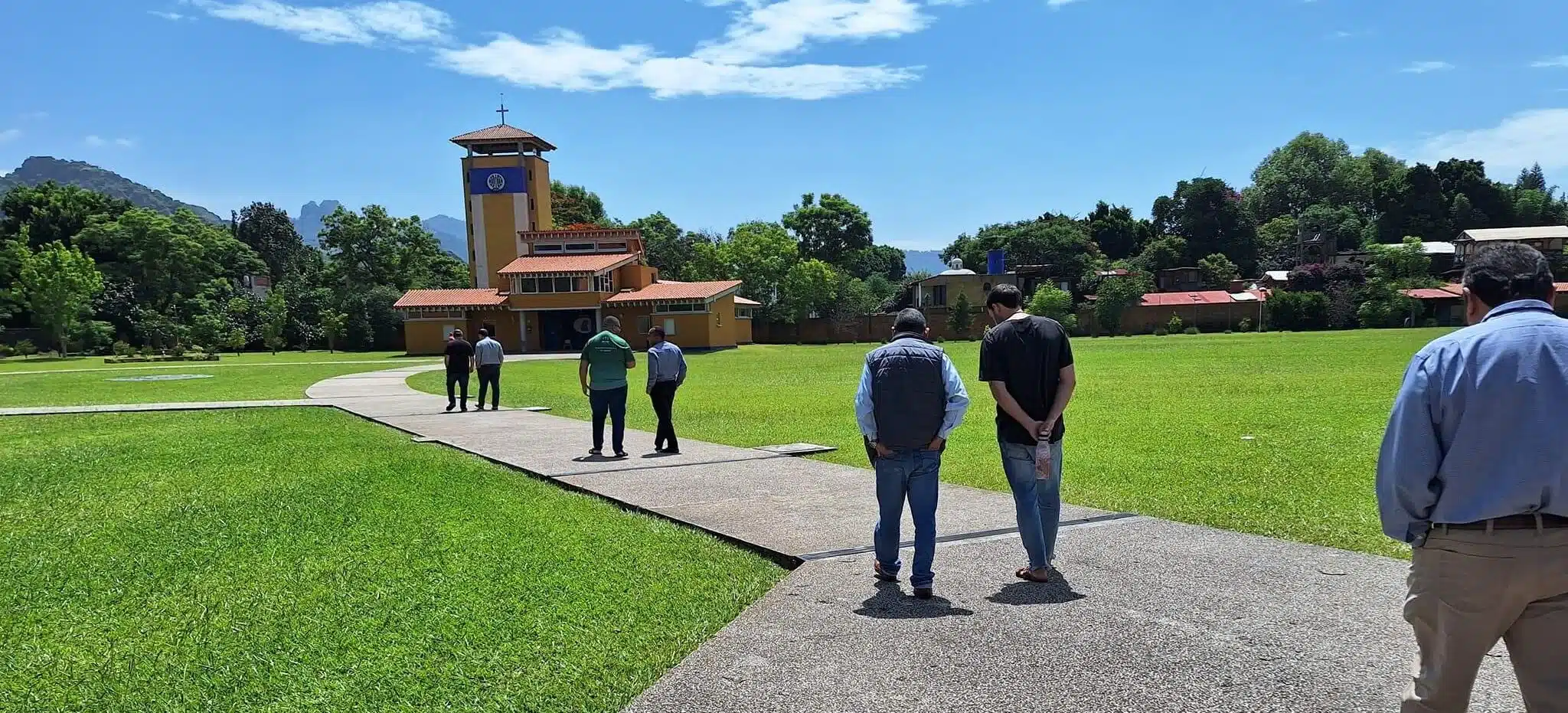Bede SUJAHARAN, OMI
From August 21-29, 2023, the Province of Mexico will host the joint session of the Central Government with the Oblate Superiors of Latin America and the Caribbean.
80 Years of Oblate presence in Mexico
This comes at an important time in the history of the Province, as the Oblates look back with gratitude on 80 years of continuous presence on Mexican soil. On September 11, 2022, the jubilee year celebrating eight decades of Oblate presence in Mexico was officially inaugurated. Celebrations launched with a solemn Mass presided by Fr Ariel Martínez OMI, Provincial Superior of Mexico, at Santa María de Guadalupe Parish in Colonia San Rafael in Mexico City.
“Third time’s the charm!”
80 years ago, Fr. Valentín Rodríguez, a member of the so-called “Texas Province” (Province of the Southern United States), arrived from Texas to establish the new mission of Mexico at the chapel known as “La Lupita”. He subsequently obtained the necessary permission from Archbishop Luis María Martínez y Rodríguez, Archbishop of the Primate Archdiocese, to settle permanently in Mexico City. It was not the first time that the Oblates had set foot on Mexican soil; it was the third time. “Third time’s the charm!”
The first arrival
After the military intervention of the United States in Mexico and the annexation of Texas, the first group of Oblates unofficially arrived in Point Isabel, Texas in 1849. But in 1852 the Oblate mission in Galveston and Brownsville, across the Rio Grande Oblates, was officially opened with the permission of Saint. Eugene. 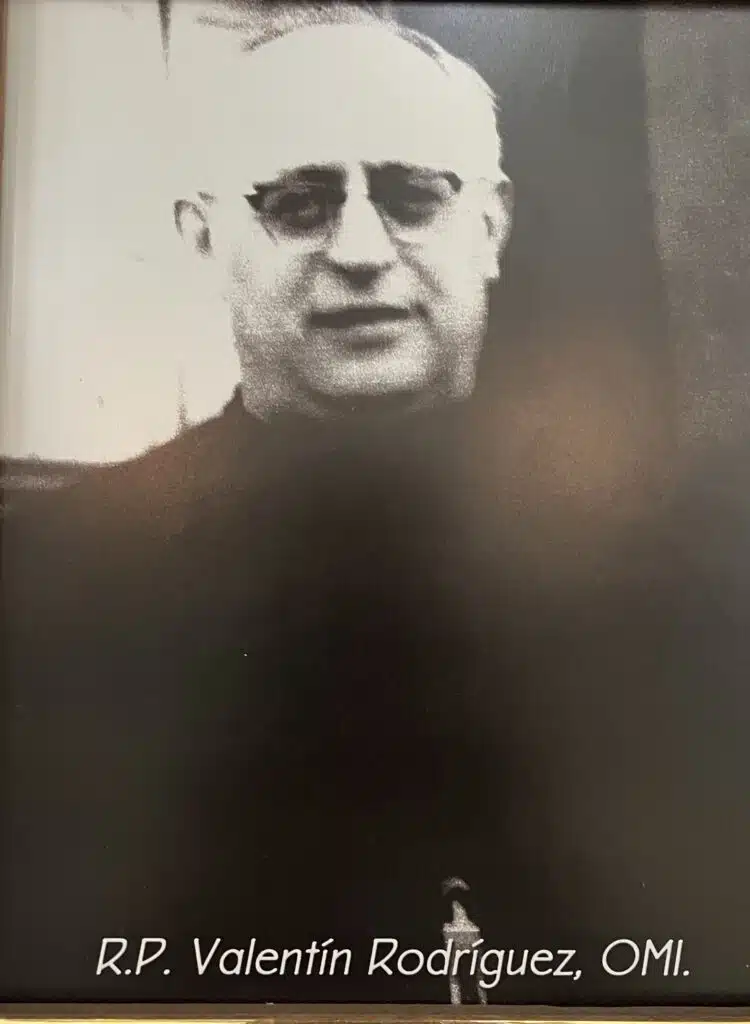
In 1859, the Oblates accepted the main parish of Ciudad Victoria, Tamaulipas. The Founder became even more enthusiastic about pastoral work in Mexico. Writing to the Bishop of Monterrey in June 1860, he wrote: “I must confess to Your Excellency that for a long time now, my eyes have been involuntarily turned towards the vast regions of Mexico. What the Fathers tell me of the simple and lively faith of the good Mexican people, lead me to consider that there will be an abundant harvest there, which needs only a few skilled workers, truly apostolic men, who will water (the crops) with their own sweat. Conditions may be bad for such a mission, but it is precisely when hell breaks loose that it is indispensable to multiply the number of good shepherds”.
In 1863, the Archbishop of Monterrey gave the Oblates the mission of Agualeguas, located near Monterrey. From 1864, the Oblates administered the sacraments in Agualeguas, Nuevo Leon. This presence lasted 20 years: they left Mexico in 1884 due to the Texas-Mexican War and its consequences.
Second coming
In 1901, the Oblates again resumed contact in Mexico. The Provincial of Texas visited the Archbishop of Oaxaca, who offered him the Temple of Santo Domingo and gave him the deeds to a plot of land in San Antonio, Texas, for a seminary for his students. The Archbishop had three projects for the Oblates: the reform of his diocesan clergy; the founding of a school for orphans in Chiautla, Puebla; and sending his seminarians to San Antonio, Texas. Six Oblates arrived: three for Chiautla and three for Oaxaca.
The Oblates arrived in Puebla in 1903 to take charge of the Pius College of Arts and Crafts. They also took over the care of parish ministry at the Church of the Sacred Heart of Jesus and the Chapel of Our Lady of Sorrows. Shortly afterward, they started the College of Our Lady of Guadalupe in Acatzingo, Puebla.
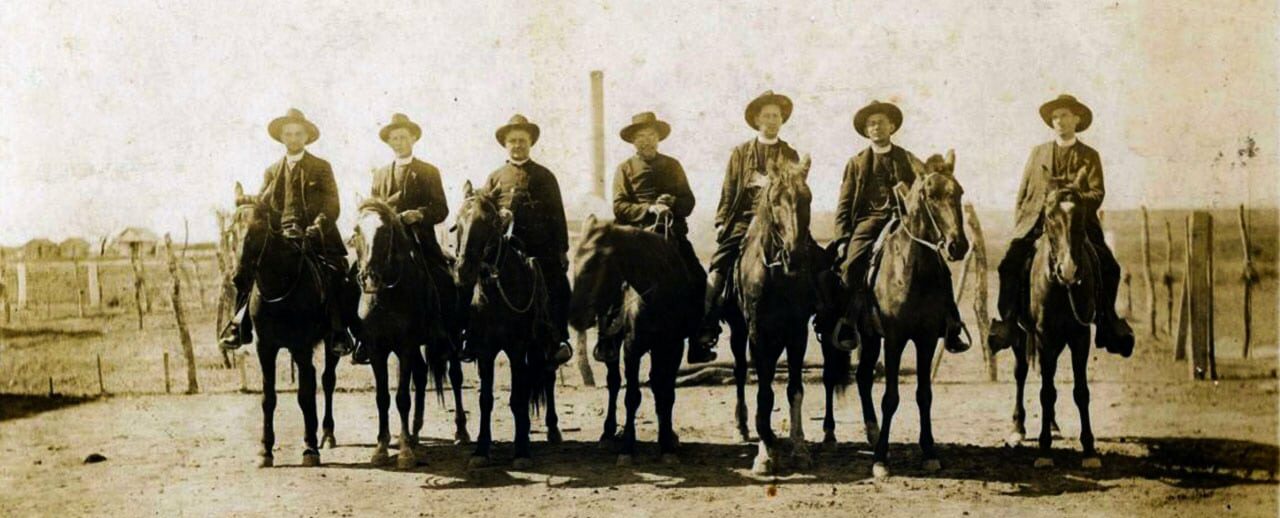
The Cavalry of Christ, missionaries visiting “ranchos” along the Rio Grande Valley.
The Mexican Revolution broke out in 1910. This resulted in the closing of the college in Puebla in 1911. The Oblates then turned their attention to the Diocese of Tulancingo, Hidalgo. Here they missioned and ministered mainly to the people of the countryside, especially from Metepec and as far as the capital of Oaxaca itself. The Oblates stayed until 1914 when, for their safety, the provincial asked them to return to Texas.
Third arrival
With the end of the Cristero War, the Oblates were looking for a way to return to Mexico and resume their ministry. Valentín Rodríguez, a young Oblate of 39 years of age, arrived in 1943. He began his work in the chapel of La Lupita in Colonia San Rafael, which was very important at the time. He was soon joined by Fathers Teófilo Okruhlik and Francisco Kilday and later by Antonio Martínez, Carlos de Anta, and Francisco Aguirre. Fr. Kilday was entrusted with the Youth Apostolate. The new Church of the Guadalupita was consecrated on October 12, 1954. Built by the Missionary Oblates of Mary Immaculate in a modern style, it was the first church with contemporary architectural design in Mexico City. In 1960 the apostolate of the parish was completed with the opening of a medical clinic and dispensary for the needy families of the neighbourhood.
Expansion towards the west of Mexico City began. In 1961, Colegio Vista Hermosa was founded in Cuajimalpa. The Oblates expanded to Lomas de Bezares and Palo Alto in 1964. Later they headed for the northern outskirts of the city, serving communities in the neighbourhoods of Casas Alemán, Esmeralda, Providencia, Ampliación Providencia, Campestre Aragón, and Pradera.
From the beginning of the third arrival of the Oblates in Mexico City, the missionary team was anxious to expand the Oblate presence to other regions of Mexico. Thus, accepting the invitation of the bishop of Tehuantepec in Oaxaca and responding to the Pope’s request in 1950, three Oblates arrived in the city of Tehuantepec to work with the poor. First of all, they undertake the restoration of the Cathedral and the Bishop’s house. From there, the Oblates expanded their presence to Salina Cruz, San Mateo del Mar, San Pedro Huamelula, Quiechapa, and Tequisistlán.
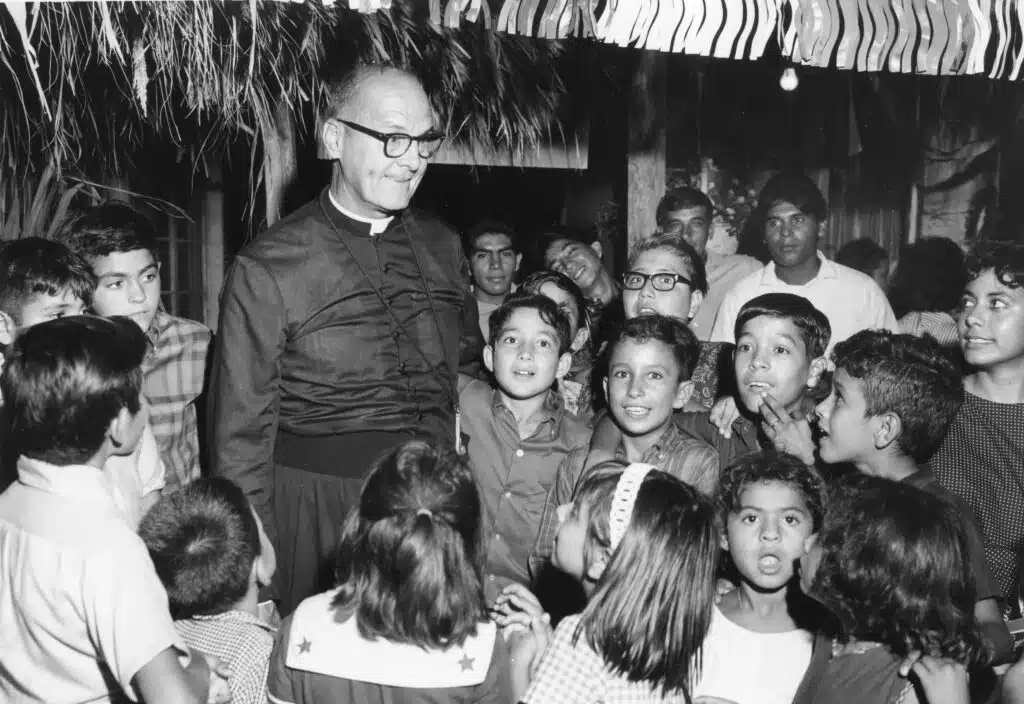
Arthur Kaler, OMI
Several years later, the Oblates arrived in Cuajinicuilapa, Guerrero, in 1986 and in Santa Cruz Meyehualco in Iztapalapa in 1988. Fr. Yvan Trembley from Canada began working with the poor on the outskirts of Iztapalapa, founding the centre for impoverished women known as CEMPO.
In Mexico, the Oblates’ desire to expand their mission to other parts of Central America resulted in finding a mission in Honduras, but for unforeseen However, in order to respond to the enormous needs of the diocese of Quiché, which was suffering the consequences of the internal armed conflict, they founded a new mission in Guatemala in 1988. This year the Guatemala Delegation of the Province of Mexico celebrates 35 years of Oblate presence.
In conjunction with the Province of Haiti, the Oblates of the Province of Mexico spearheaded the task of founding a mission in Cuba. In order to respond to the need to ensure the presence of the Catholic Church in a context where the Catholic faith was disappearing, six Oblates arrived in Cuba to work in the dioceses of Cienfuegos, Matanzas, and Santa Clara in December 1997. It has been 25 years since the Oblates arrived on this Caribbean island: Today, Cuba is a mission of the Province of Mexico.
Fruitful and significant presence
The Oblate presence in Mexico has been fruitful and significant for the Congregation; hundreds of Oblates from various countries have passed through Mexican lands working hard in difficult missions under unimaginable circumstances. They did it all for the glory of God and the welfare of the poor they served. There are now about 44 Oblates working in Mexico in 11 different communities. Another 18 Oblates are working in Guatemala and Cuba, and we have missionaries originally from the Province of Mexico working in other units of our congregation.
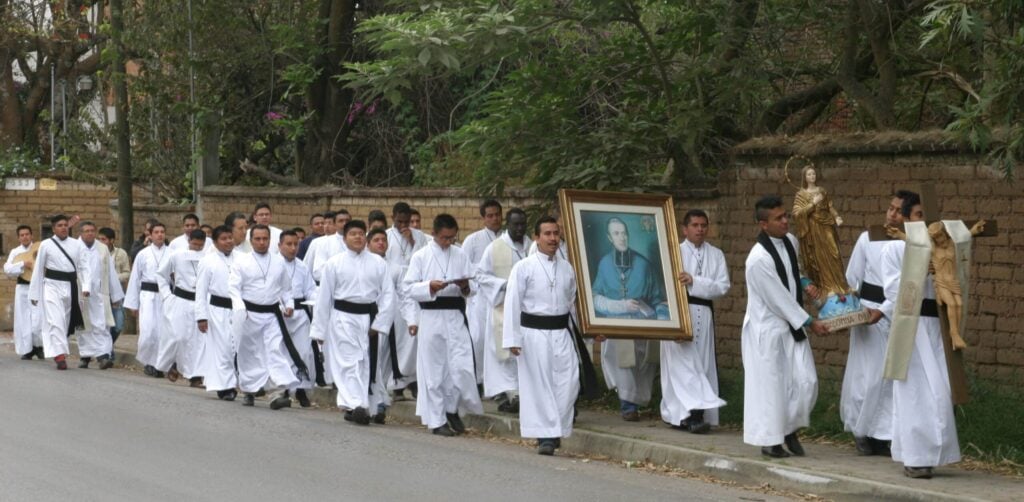
Bicentennial Celebration – Formation District
Pilgrimage to the Shrine of Our Lady of Guadalupe
As we celebrate 80 years of continuous Oblate presence in Mexico, in this jubilee year, we recall with gratitude 35 years of Oblate presence in Guatemala and 25 years in Cuba. On August 24, the Central Government and the participants of the joint session will join the Oblates of the Province of Mexico in thanksgiving as they set out as pilgrims to the Shrine of Our Lady of Guadalupe, where Father General will preside at the Eucharist. In this celebration, we will ask the maternal intercession of our beloved mother for our Oblate family throughout the world. With this liturgy, we will officially close the Jubilee year.
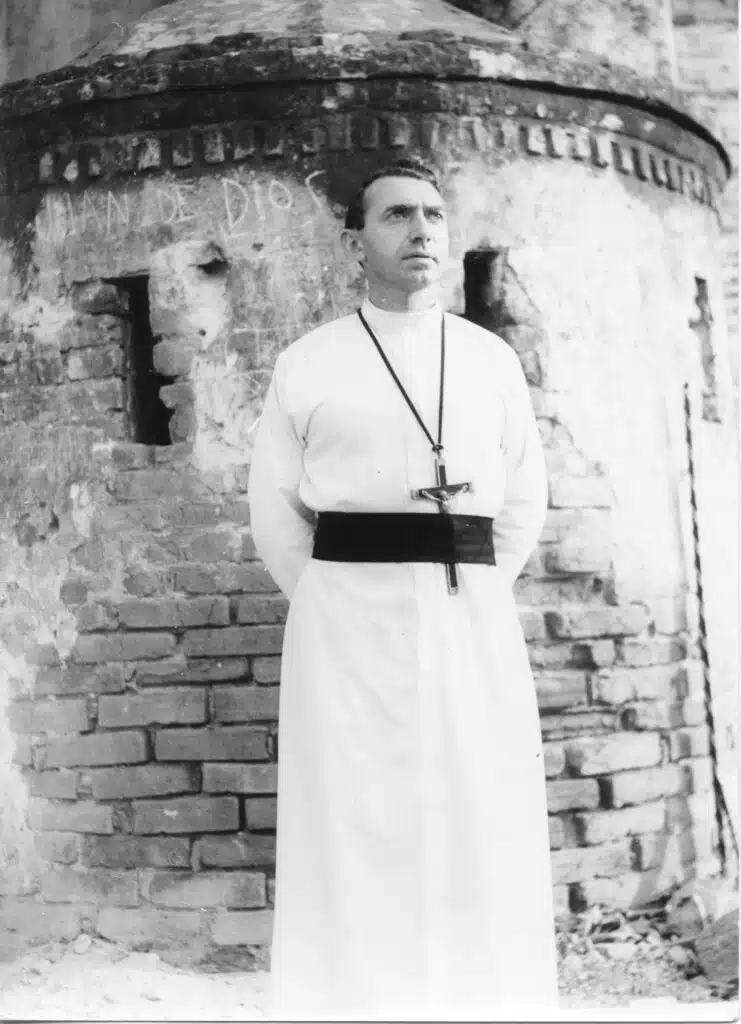
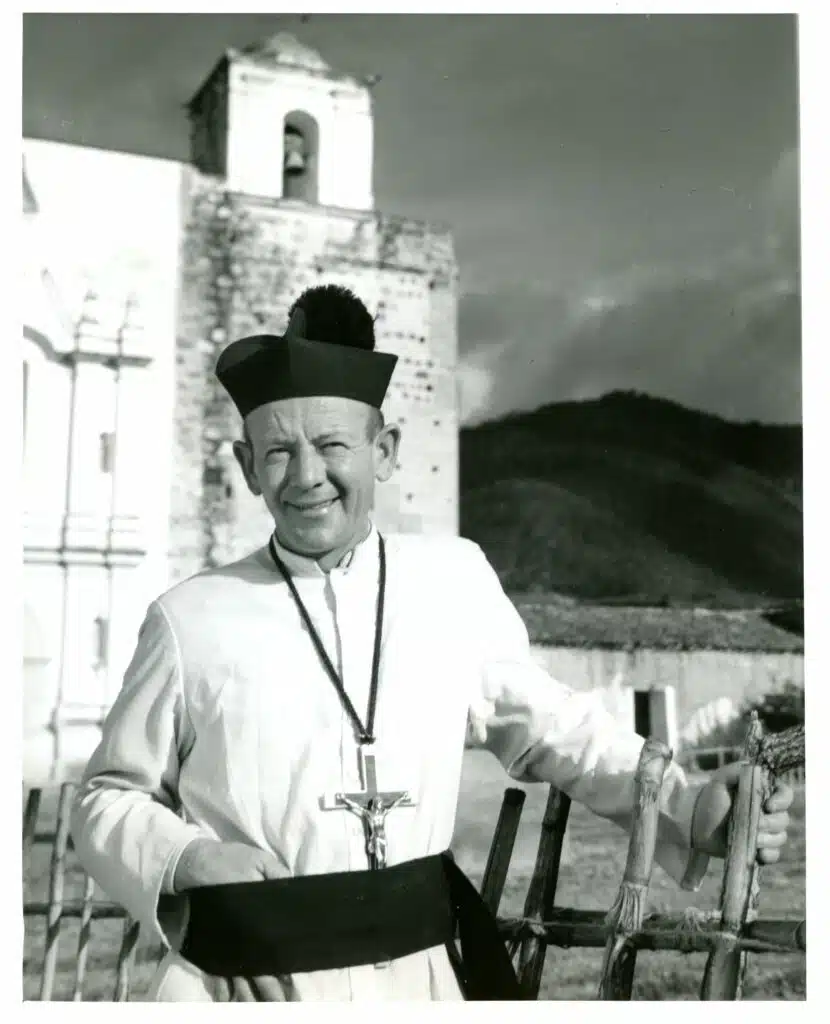
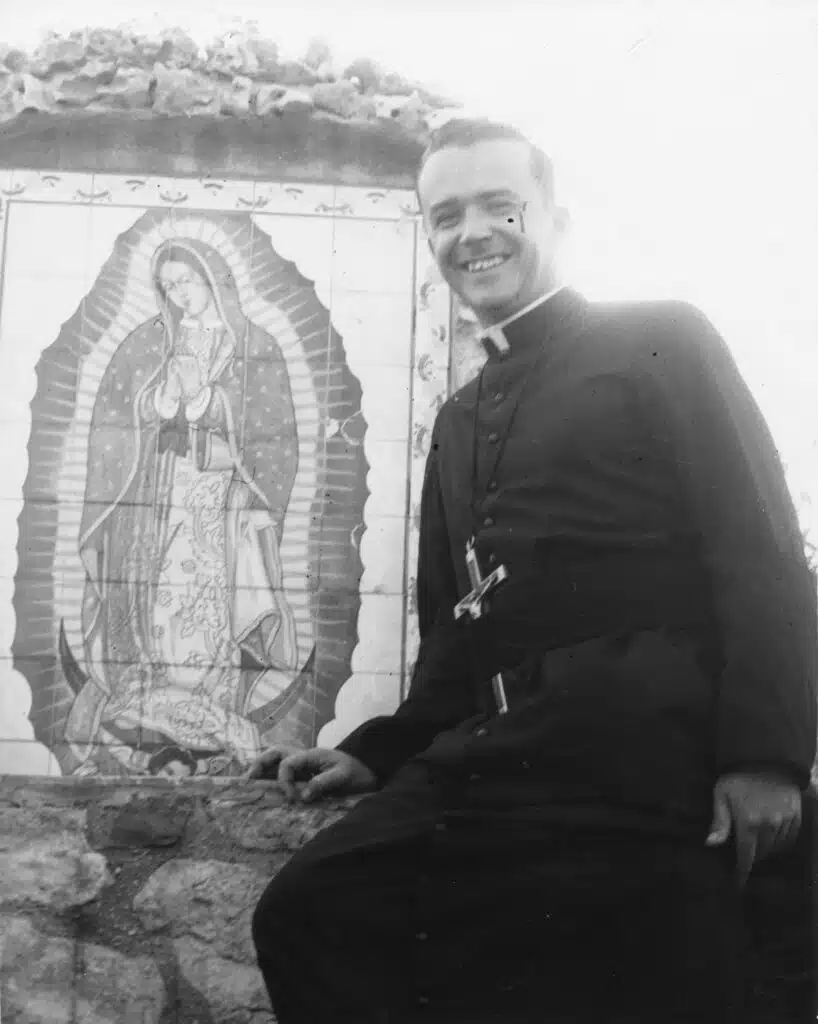
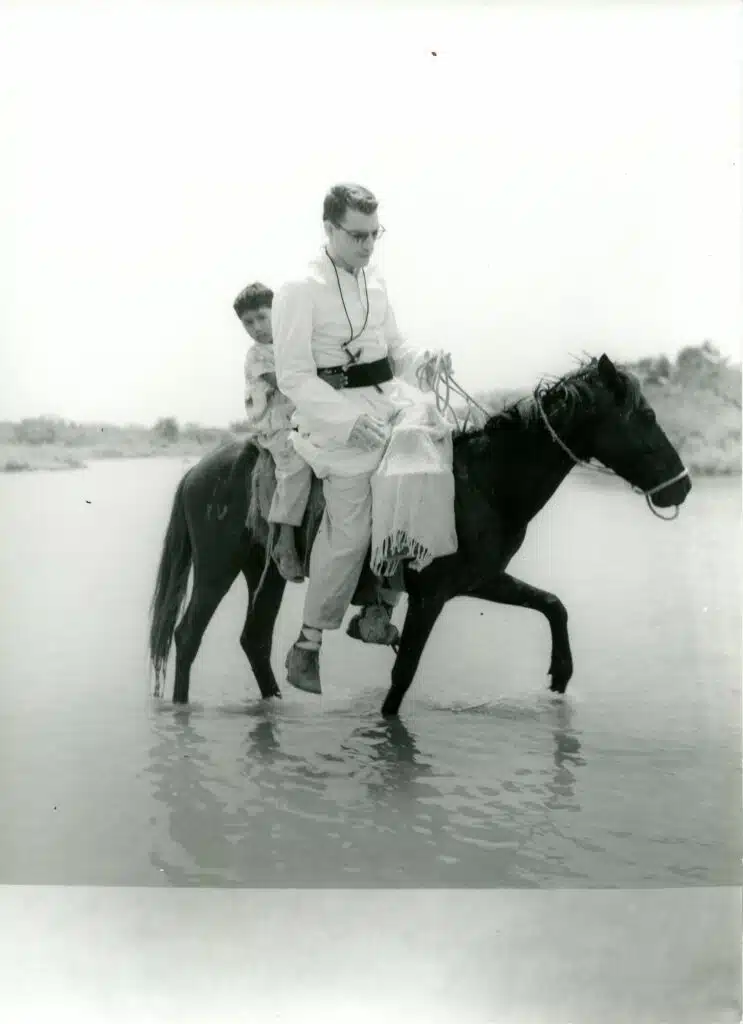
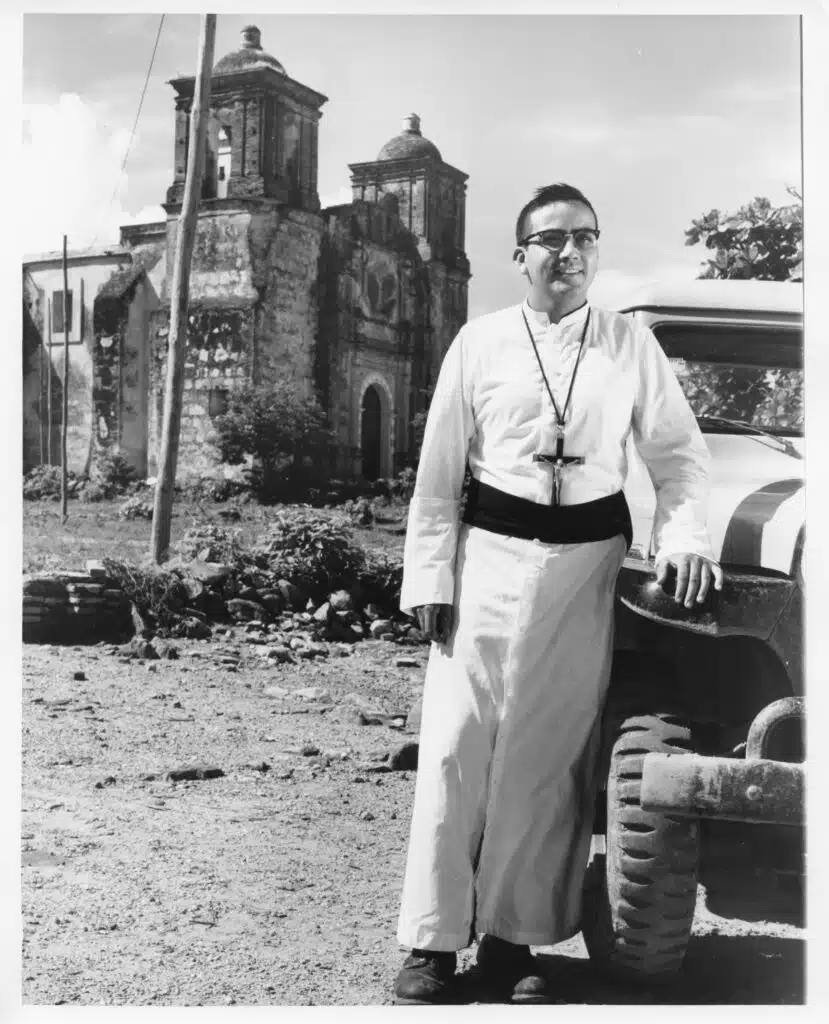
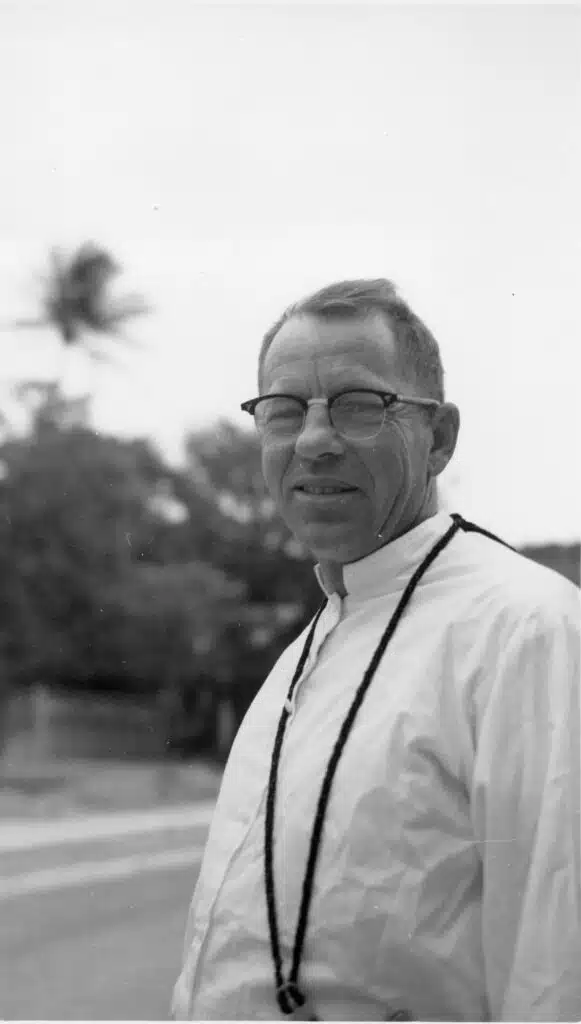
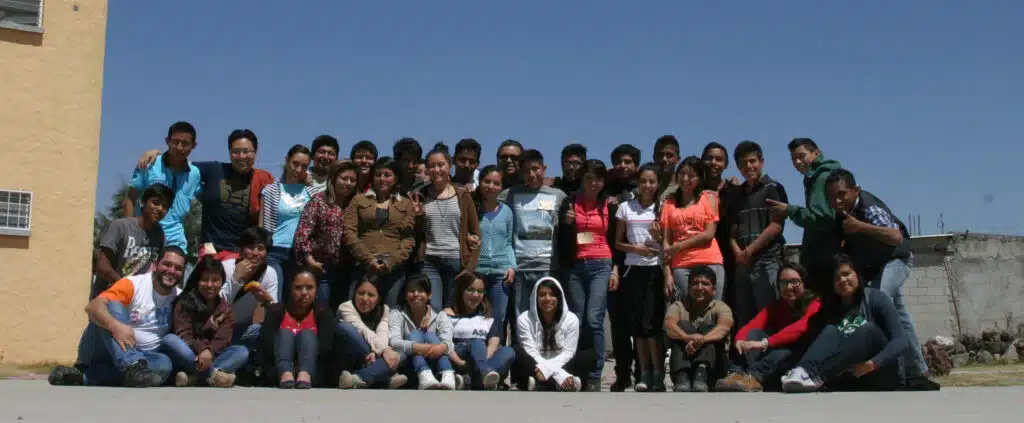
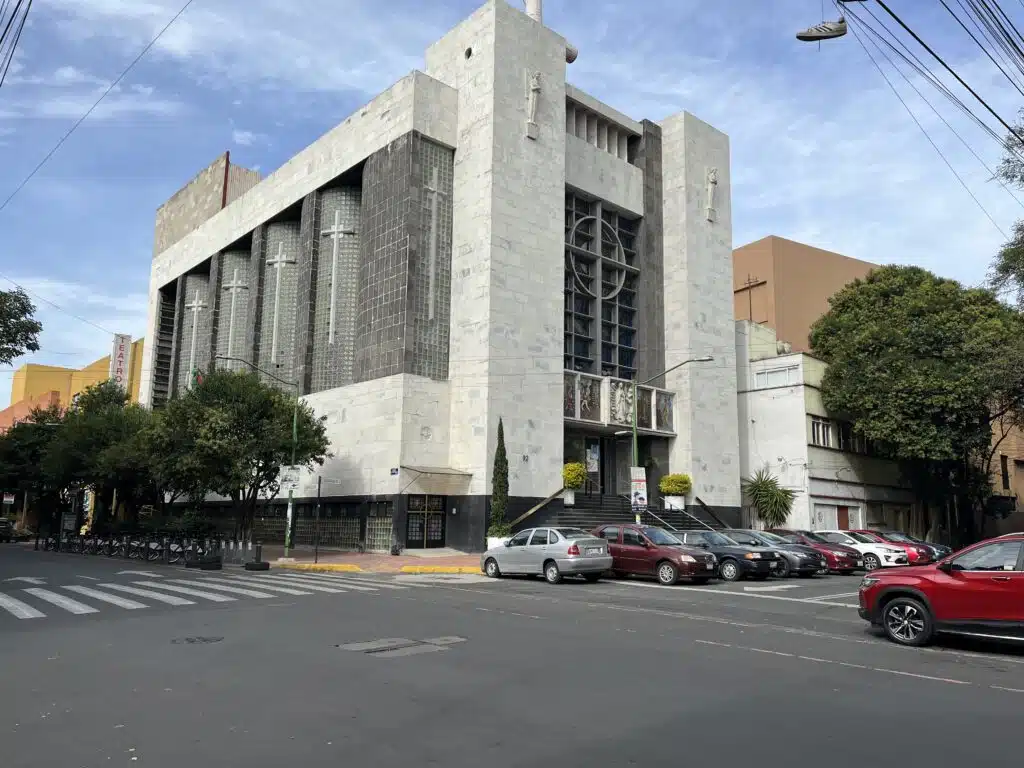
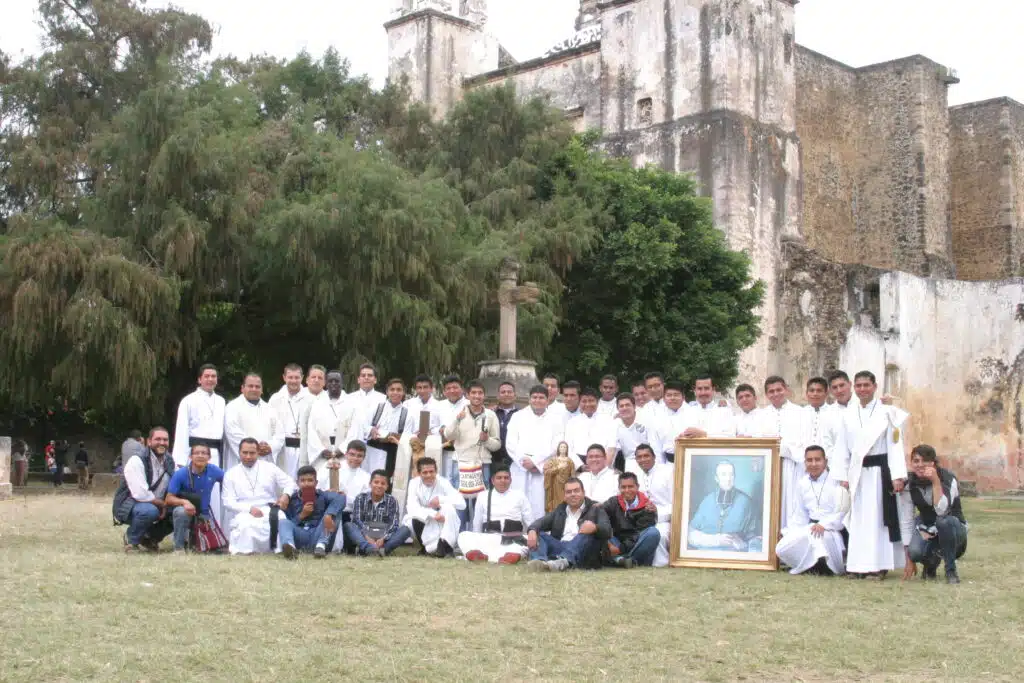
Formation District
